Polyurethane (PU) Adhesives
Polyurethane (PU) adhesives are known for their versatility, deriving their name from the urethane chemical group in their structure. They offer a broad range of curing rates, processing flexibility, and mechanical properties due to the diversity of PU chemistry. This makes them suitable for various applications in both industrial and commercial sectors.
Adhesion Characteristics
PU adhesives are particularly effective on substrates with hydroxyl groups, such as:
- Wood and wood-derived materials
- Brickwork
- Concrete
- Certain plastics and paints
However, for substrates like glass, aluminum, and alkaline surfaces, primers are necessary to achieve a strong bond. Primers not only promote adhesion but also protect the adhesive from potential negative interactions with the substrate.
Sealants and Their Properties
PU sealants are widely used due to their ease of application and cost-effectiveness. They have largely replaced 2C polysulfide sealants in the construction industry. Key characteristics include:
Temperature Resistance: PU sealants can typically withstand continuous temperatures up to 90°C (194°F). Some grades may turn pale yellow and become brittle with long-term UV exposure, leading to surface cracking and a chalky appearance. However, newer grades have improved UV resistance.Chemical Resistance: Fully cured PU sealants exhibit high resistance to water and aqueous salt solutions, even at elevated temperatures. They are vulnerable to strong bases and acids, which can cause permanent damage. Many polar organic solvents can cause reversible swelling, altering the mechanical properties.
Shrinkage and Solvent Content: PU sealants often contain up to 15% solvent, which enhances flow characteristics but can result in significant shrinkage during curing. This shrinkage may distort assemblies and create internal stresses.
Paintability: PU sealants can be coated with 1C or 2C varnishes and paints. Many 1C paints are compatible with PU sealants, allowing for direct application over uncured sealants. However, 2C paints, known for their moisture resistance, might slow the curing process of the sealant.
Automotive Applications
Windscreen Bonding
In automotive applications, PU adhesives play a critical role in windscreen bonding. This process has evolved significantly since the 1960s, becoming the standard for installing windscreens in vehicles like cars, buses, trucks, and trains.
1C PU Adhesives: These adhesives cure by reacting with ambient humidity. The curing speed varies with temperature and humidity, and CO2 is released during the process. The presence of carbon black in the formulation helps absorb or expel CO2.2C PU Adhesives: Consisting of a polyol component and an isocyanate component, these adhesives are mixed before application. They cure through a reaction between the two components, providing high process reliability even under varying temperature and humidity conditions. Special application tools, such as a static mixer, are required.
General Characteristics of DGX Windscreen Adhesives
DGX windscreen adhesives are highly viscous PU adhesives that form a structural, elastic bond between the windscreen and the vehicle body. They are designed to:
- Ensure full functionality of the windscreen.
- Provide necessary force transmission and absorption.
- Enhance the structural rigidity of the vehicle.

Equipment Considerations
Direct glazing requires precision in application, and automotive glass fitters use various dispensing tools to match the speed and reliability of OEM processes. This includes manual, pneumatic, or battery-operated guns, as well as bulk dispensers and robots.
Trends and Future Developments
The automotive industry continues to integrate advanced driver assistance systems and other technologies into the windscreen area. Emerging technologies, including autonomous driving, are expected to influence windscreen bonding processes and requirements.
Accelerated 1C DGX Adhesives
These adhesives cure similarly to standard 1C adhesives but include a moisture-containing accelerator. This accelerates curing, achieving high strength levels more quickly.
Summary
PU adhesives and sealants offer significant advantages across various applications due to their adaptability and performance. Their use in automotive windscreen bonding highlights their critical role in ensuring vehicle safety and structural integrity. With ongoing advancements, PU adhesives continue to evolve, meeting the demands of new technologies and applications.

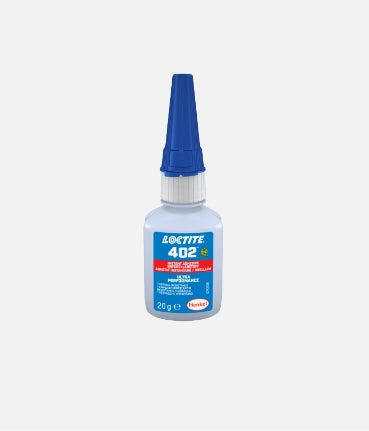
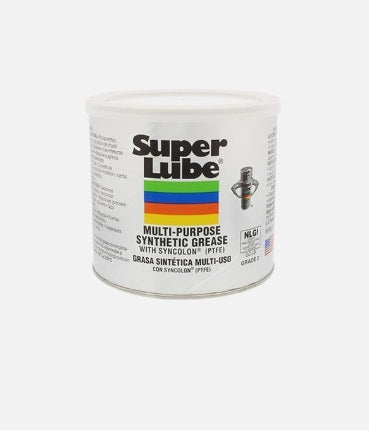
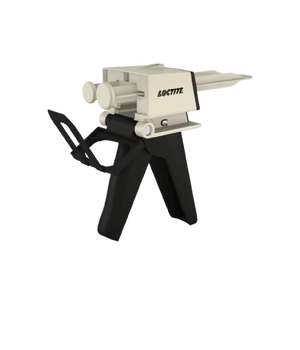
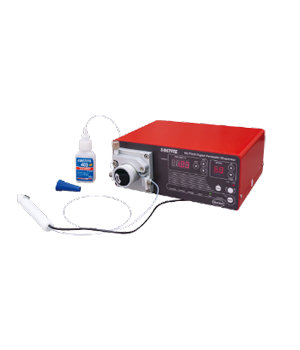
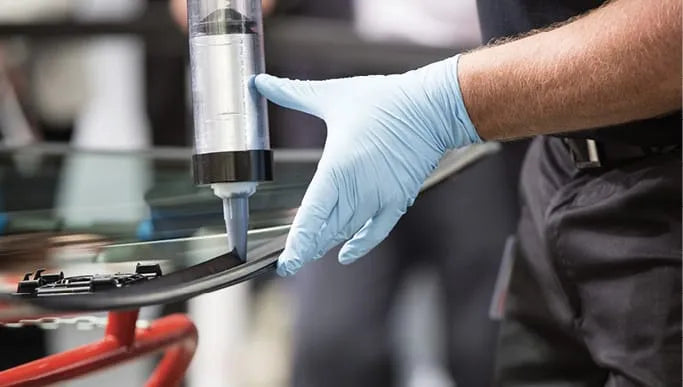
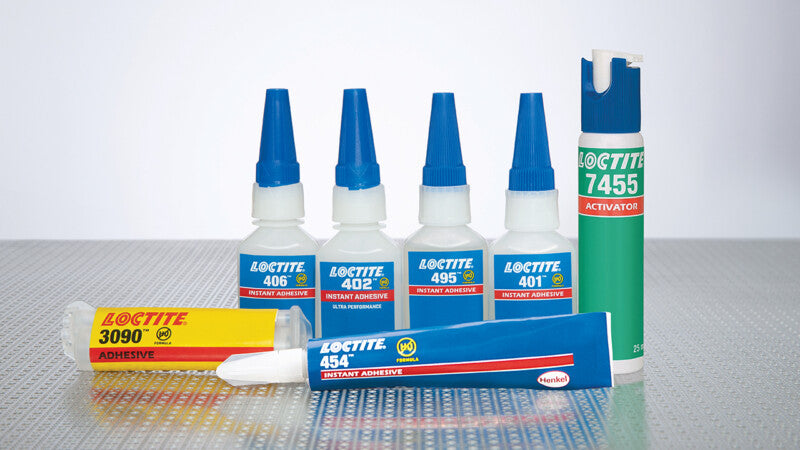
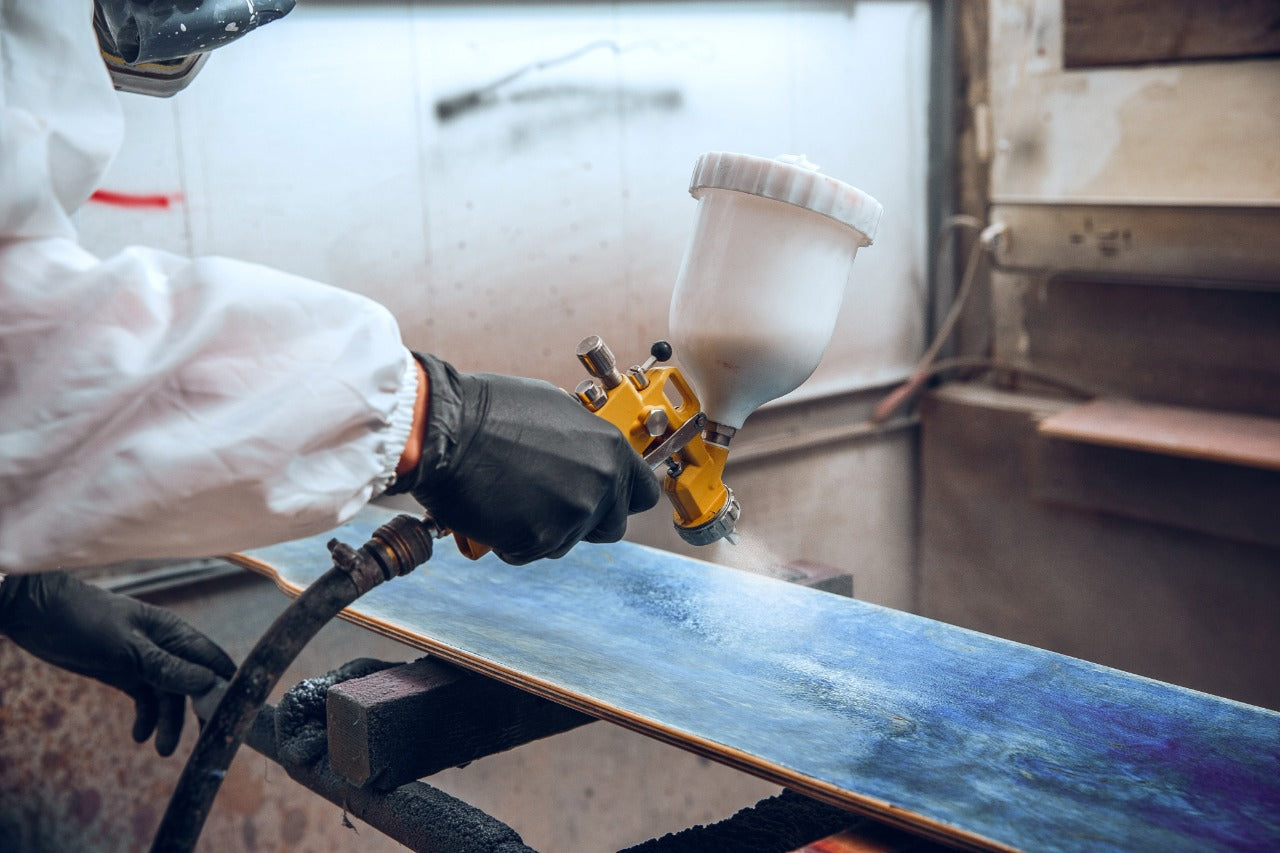
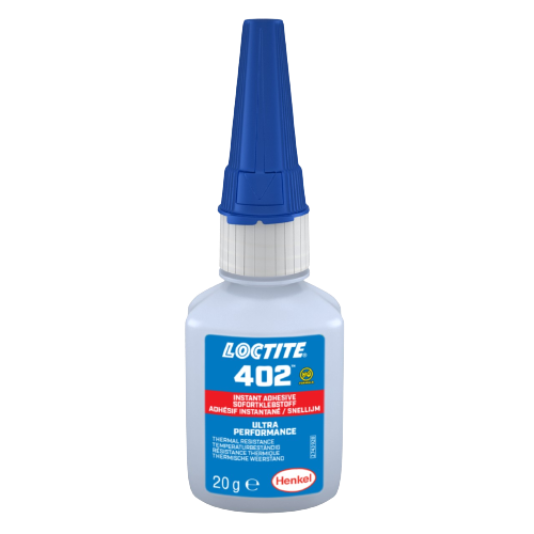
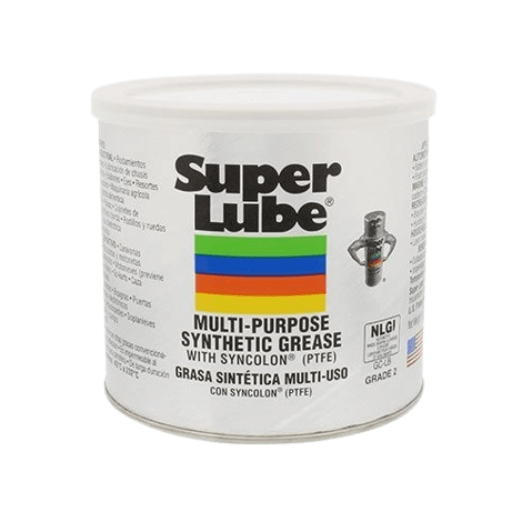
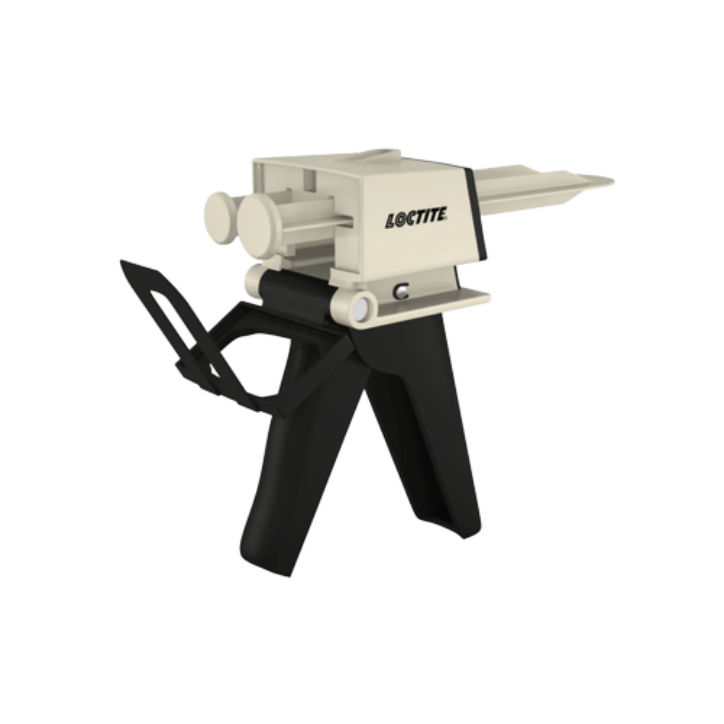
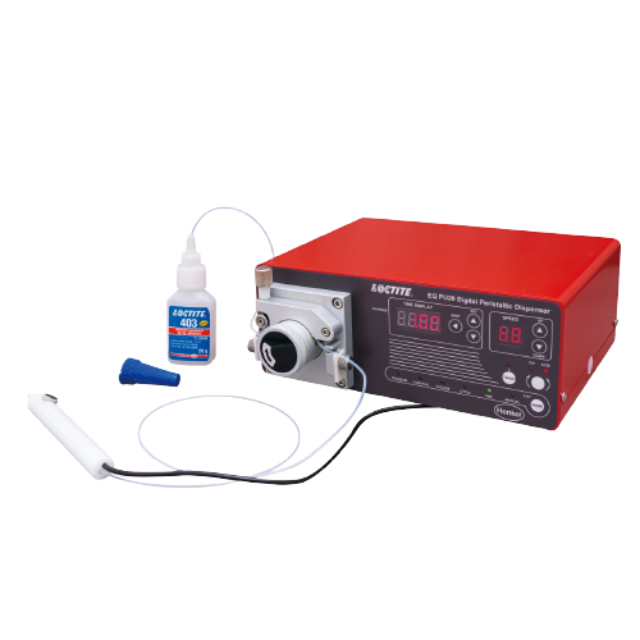
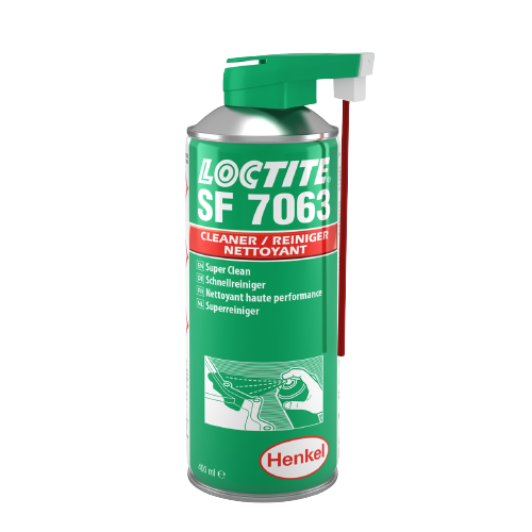
发表评论
所有评论在发布前都会经过审核。
此站点受 reCAPTCHA 保护,并且 Google 隐私政策和服务条款适用。